There's a reason that the expression "icing on the cake" is commonly used to describe a perfect finishing touch... because frosting is just that to cakes, cupcakes, and cookies. Frosting adds flavor, beauty, and structure to our desserts, so we want to be sure that our frosting is just right.
If you're stacking a layer cake, piping frosting onto cupcakes, or decorating cookies and find that your frosting is too thin, it's a problem that can be easily solved. This post explains exactly how to thicken homemade buttercream and cream cheese frostings.
When it comes to frosting, consistency is key. The texture of the frosting - the way it feels in your mouth when you eat it - affects how it tastes. But besides tasting delicious, frosting also has a job to do. It needs to be thick and sturdy enough to hold up a layer cake, hold its shape when piped, or hold together sandwich cookies.
The goal when making frosting is to create something that feels light and fluffy on your tongue but is thick enough to support a cake and hold its shape when piped. But what if you find yourself with frosting that's too thin? No worries... we can fix it!
In this post we'll focus on two popular types of frosting among home bakers, both made with confectioners' sugar (also known as powdered sugar): American buttercream frosting and cream cheese frosting.
Jump to:
What Makes Frosting Thin (& How to Avoid It)
There are really two main reasons why your frosting could be too thin:
Reason #1: The fat is too warm.
Be sure the fat(s) you're using - butter, shortening, or cream cheese - are softened but not warm. They'll of course need to be soft so that they can be beaten into a smooth mixture, but if they're too warm you'll end up with runny frosting. Butter, for example, that's the ideal temperature should hold a fingerprint mark when poked, but your finger shouldn't make a big dent and the butter shouldn't be greasy or slippery.
Reason #2: There's too much liquid in the frosting.
Be sure to carefully follow the measurements in the recipe and add the liquid ingredient(s) - especially any milk - slowly. You may decide not to add all of the liquid if your frosting is your desired consistency without it.
How to Fix Runny Frosting
Of course it's ideal to create a frosting that's the perfect consistency the first time around. But what if it's too late and you're dealing with thin frosting? Let's fix it!
Before you can determine how to fix your frosting, you'll want to identify the reason why it's too thin.
Fat Too Warm = Chill the Frosting
Always start with temperature. Is it possible that the butter (or cream cheese or shortening) that you used was too warm? Or perhaps it's warm in your kitchen and the frosting itself has become warm. Fortunately, this can be easily fixed.
What to do? Chill the frosting! Cover the bowl of frosting with plastic wrap and refrigerate for 30 minutes. After 30 minutes you should find that the frosting is much more firm, since the fat is now chilled and solid. You can refrigerate for a bit more time if you think it's necessary, and you may want to briefly re-whip the frosting to fluff it back up after chilling.
Too Much Liquid = Add More Dry Ingredients
If you're confident that temperature is not the issue, then it's very likely that your frosting simply contains too much liquid. Again, this is an easy fix!
To thicken frosting that contains too much liquid, we'll need to balance out all the liquid by adding more dry ingredient(s).
POWDERED SUGAR
The most common solution is simply to add more powdered sugar. Powdered sugar contains cornstarch (or sometimes tapioca starch) which keeps the sugar from clumping but also acts as a thickener.
I recommend adding one Tablespoon of additional powdered sugar per cup of sugar already in the recipe. You can always continue to add more, but you don't want to end up with frosting that's too stiff and now needs to be thinned back out.
It's important to note that adding more powdered sugar will make the frosting sweeter. That's another reason why we want to start small and only add as much sugar as we need.
CORNSTARCH
Although I don't personally love this option, you can also add cornstarch to help thicken the frosting. Start with one teaspoon per cup of sugar in the recipe and only add more if needed. Adding too much cornstarch can add a slightly starchy flavor to the frosting, so it may be a good idea to taste the frosting as you add it to ensure you're not impacting the flavor too much.
If you want to make the frosting stiffer without adding more powdered sugar or cornstarch, keep reading for other suggestions.

How to Thicken Frosting Without Powdered Sugar or Cornstarch
Want to fix frosting that's too thin without adding more powdered sugar or cornstarch? Here are some alternate solutions.
CHILL
Remember to first try chilling the frosting! But if that doesn't work, you can try adding these other dry or semi-solid "wet" ingredients to help thicken things up.
COCOA POWDER
Cocoa powder will obviously add a chocolate flavor to your frosting, but it's a great alternative to powdered sugar since they have the same consistency but cocoa won't add any sweetness to the frosting.
CREAM CHEESE
Adding a little bit of softened cream cheese will help to firm up your frosting. If you're making buttercream frosting, add just a bit of cream cheese (try just ½ ounce per cup of frosting in the recipe) to avoid adding a tangy flavor to the frosting. If you're already making cream cheese frosting then there's no worry about flavor, though the extra cream cheese will tone down the sweetness slightly.
PEANUT BUTTER OR COOKIE BUTTER
Any nut or cookie butter will obviously change the flavor of the frosting, but only for the better in my opinion. Start with adding just one Tablespoon per cup of frosting in the recipe and go from there. Be sure to use a homogenized style of peanut butter and not "natural" nut butter, where the oil separates.
More Baking Tips
Love this baking tutorial? Be sure to check out these other great baking tips linked above! And don't forget to subscribe to Always Eat Dessert for even more baking tips and simple dessert recipes.



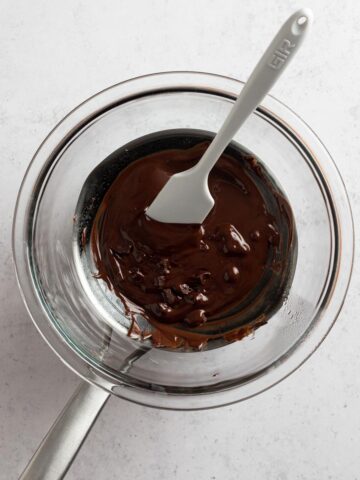
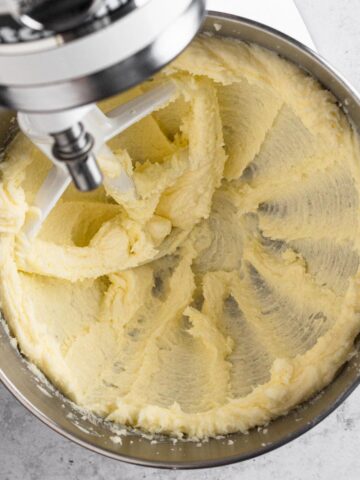
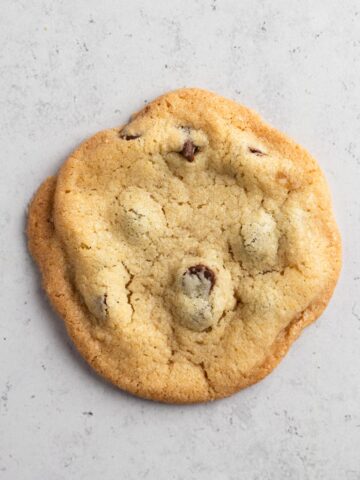
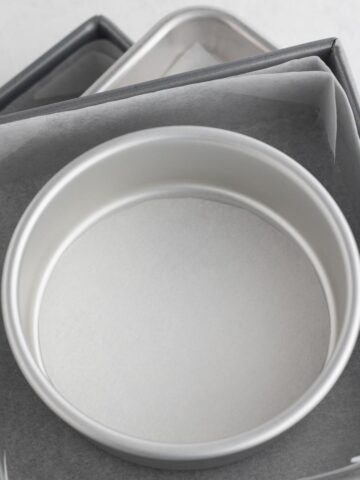
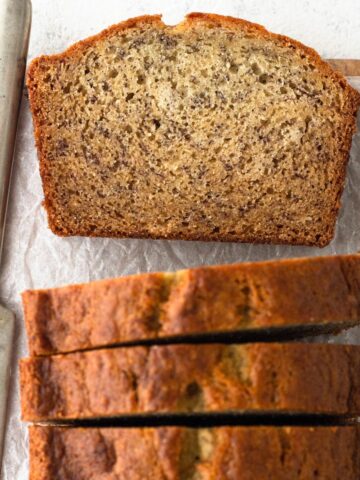
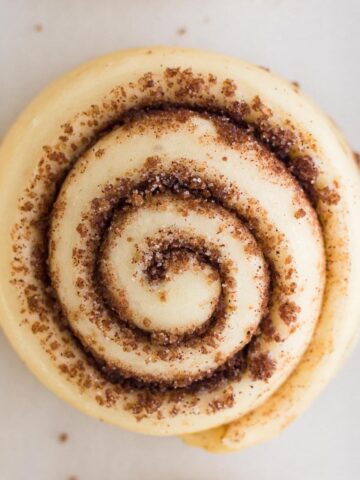
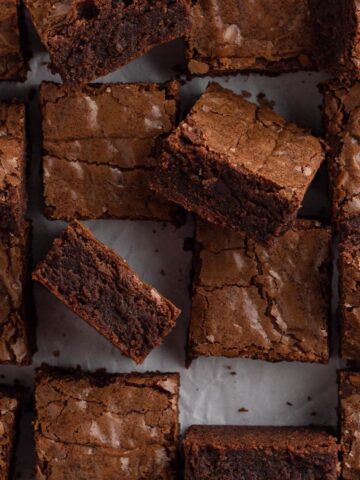
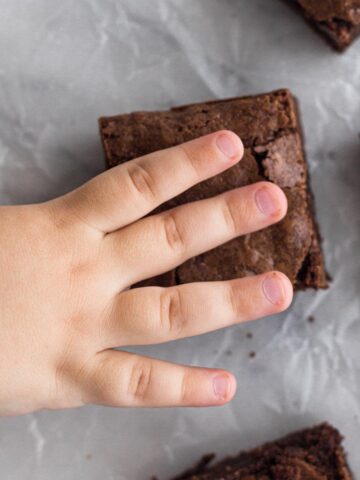
Comments
No Comments